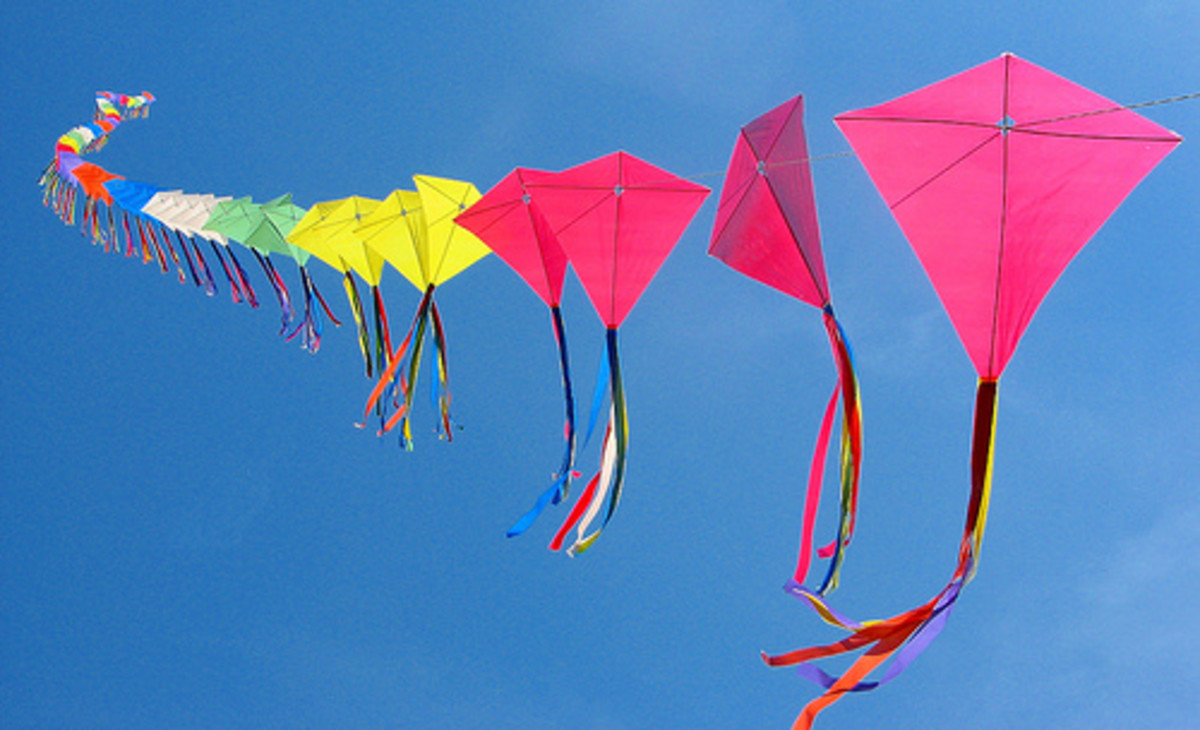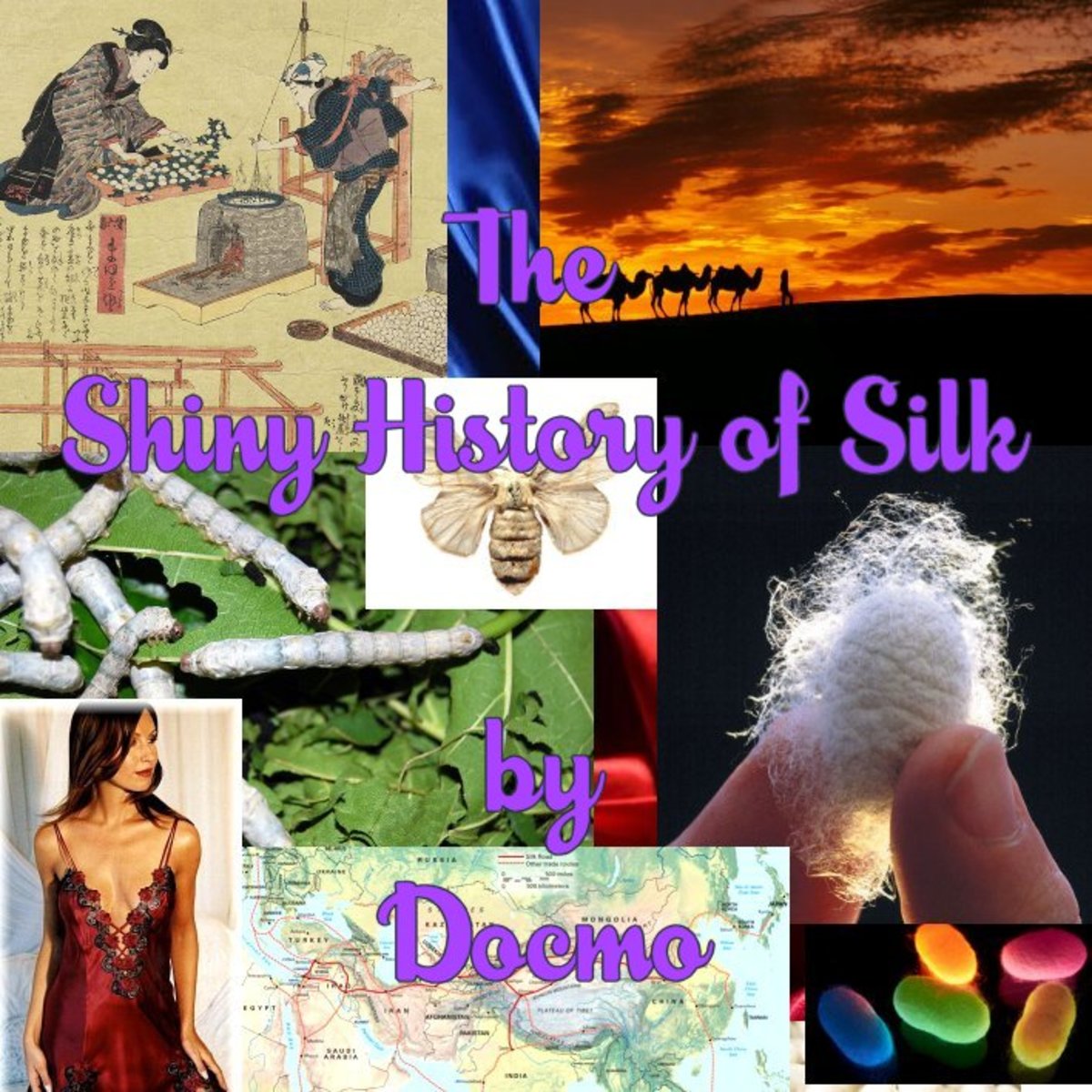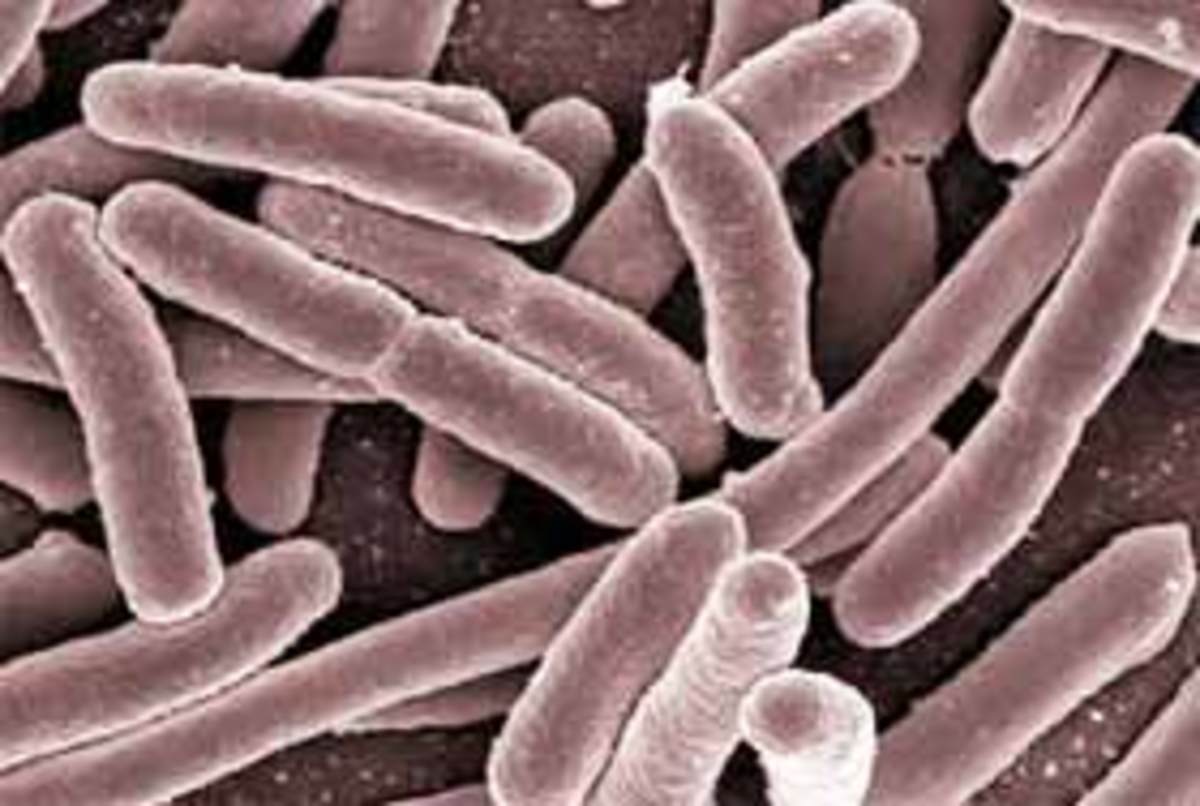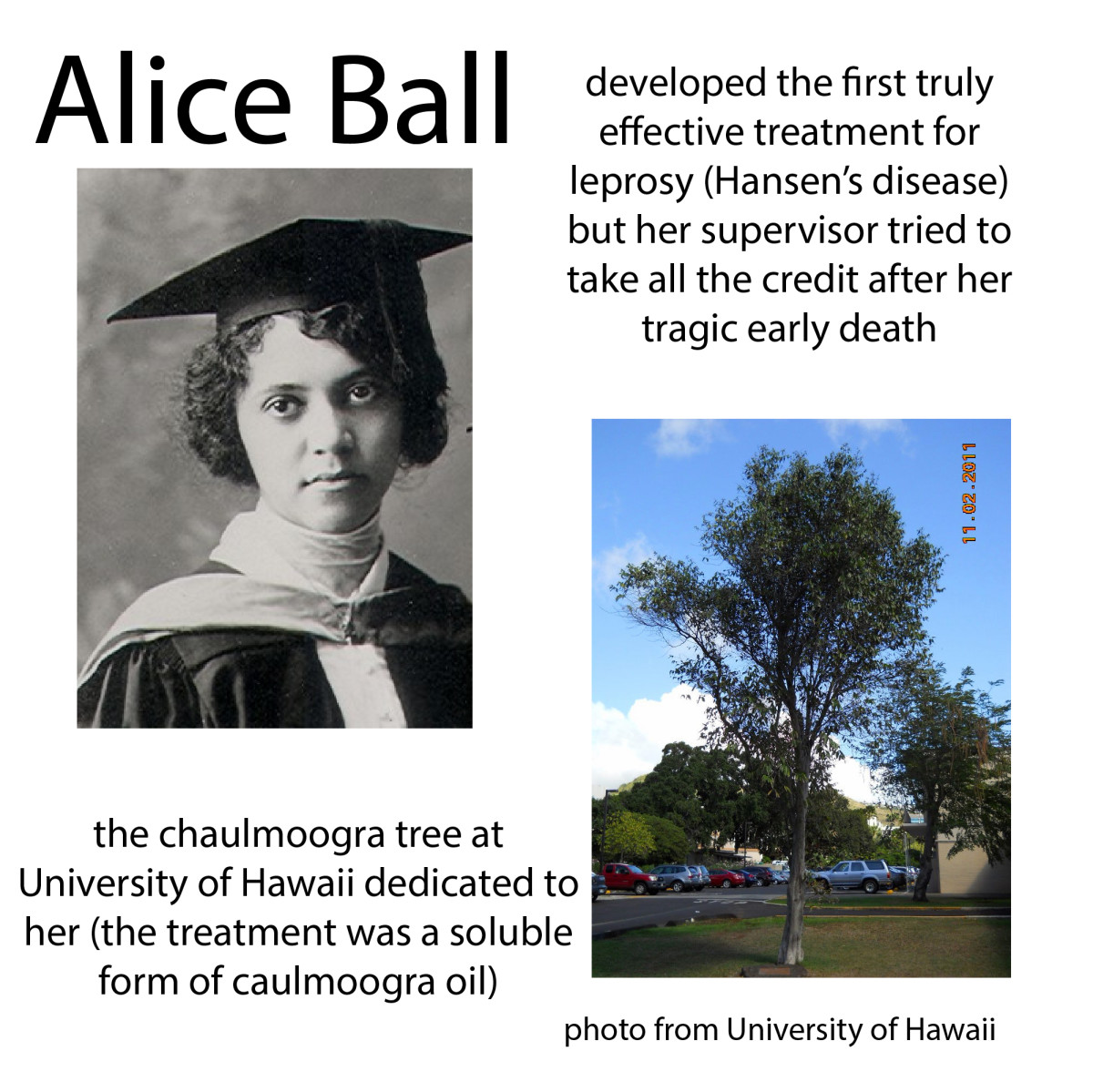Malaria - A walk through history
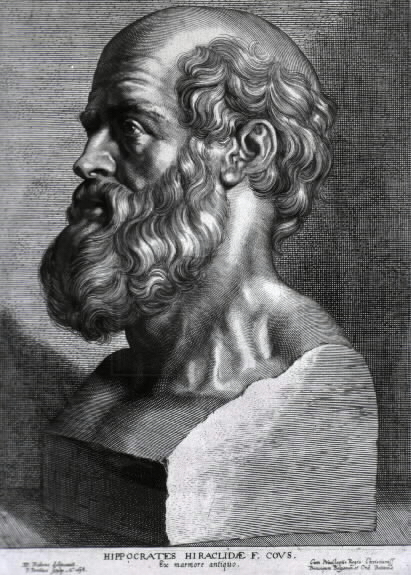
Introduction
The word Malaria is originally an Italian word composed of “mala ” and “aria,” derived from malus (bad), and aeris (air). It was first used to describe a fever (miasma), which was wrongly attributed to exposure to "bad" air rising from marshes.
It is one of the earliest diseases documented and a description of it can be found in the Hippocratic Collection (The writings of the Father of modern medicine).
Other early writings that predate even the above include the ancient Chinese text the Nei Ching, dating around 2700 BC that documented the characteristic symptoms of the then deadly fever.
Its relation to its vector the mosquitoes went unnoticed for centuries, but review of historic texts from around the world suggest that the relationship may have been made earlier than previously thought, for example an Indian Physician, made suggestions to the link between the fevers and a blood sucking insect around the 5th century (due to isolation of information, many texts were not easily disseminated.)
There are many theories about its origin and evolution, but the mainstream agreement is that it may have co-evolved between mosquitoes and humans. Initial origins from primates with a subsequent inter-species jump is also a possibility.
It was Charles Laveran, a French physician working in Algeria, in 1880 who discovered the true causative agent as being a sporozoan of the genus Plasmodium and he received a Nobel prize for this discovery.
Ancient Treatments Used
Historically a number of treatment techniques were tried with little success they included limb blood-letting, inducing vomiting, amputations and skull operations. Vomiting was induced as it was thought the ill person was trying to expel the poisons from their body and thus vomiting was propagated with little success. The bleeding/or blood letting as it was known was to remove the poisons and expel bad "humor" and restore humoral balance within the body.
This type of treatment was encouraged by early physicians such as Claudius Galenus (An ancient Greek Physician) during the second century AD and would become the tenant of treatment for the next 1500 years without question.
The mortality rate from treatment was high, it may have been higher in than in patients not getting treated at all. There was no effective treatment and patients would simply die.
Artemisia annua
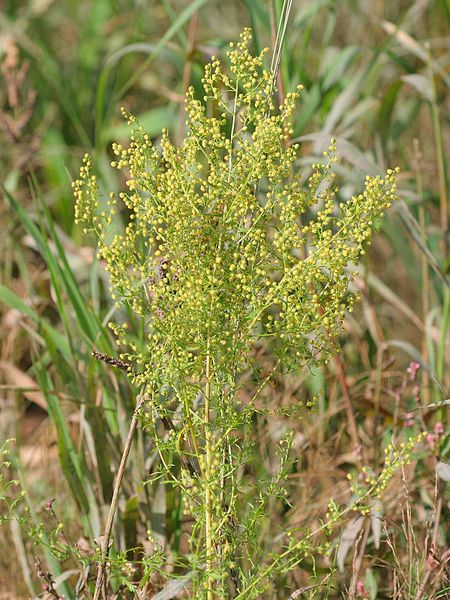
Chinese experience
The Chinese were more fortunate than their European counterparts, they had ancient herbs that worked against this deadly disease. The herb Artemisia annua (sweet wormwood) was known to the Chinese as qing-hao was being used by the Chinese for over two thousand years in tea for the treatment of many ailments (such as hemorrhoids) and also to treat the dreaded disease with impressive results. This herb would later provide the drug Artemisinin which is the mainstay of treatment currently in the world especially for severe malaria.
European Experience
Europe's salvation came in the form of a root called cinchona. It true origins is unknown, but its origins are thought to be from South America and had been used by the Quechua peoples of Peru and surrounding regions. The subsequent identification and movement of the plant to Europe can be credited to the Jesuit priests, the exact person who delivered it is still a mystery.
The Jesuits quickly began to treat people in Europe and the bark was in high demand, that it had to be smuggled out of South America, with countries like Peru having very strict laws on its export to a point it was illegal to export it.
The bark was not easily accepted all throughout Europe for a number of reasons. For one it failed to treat many fevers, the only way to diagnose malaria at that time was the pattern of the fever, and the bark would be used to treat other fevers from other unknown causes and would invariably fail.
It was later popularized throughout England by a college drop out Robert Talbor in the 1700s who made a quick profit from the bark (he would only give it to patients with the distinctive fever pattern). It was later accepted as a treatment for malaria in England by the Royal College.
Two French scientists, Pierre Joseph Pelletier and Joseph Bienaimé Caventou are credited with the identification and separation in 1820 of the alkaloids Cinchonine and Quinine from powdered fever tree bark, allowing for the creation of standardized doses of the active ingredient.
The cinchona bark was still rare and smuggling was the only was to get it out in Peru, but cultivation sites such as Java where being made to make the drug more available to the rest of the world.
Malaria Life cycle
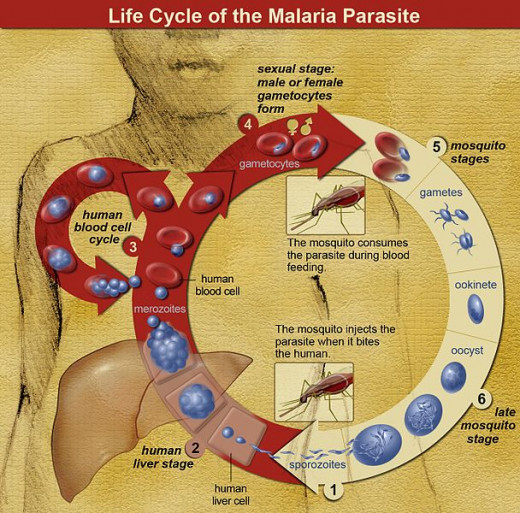
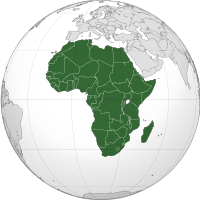
The African Experience
There is little documentation of malaria in Africa, but there is clear evolutionary evidence of it presence. No infectious disease in the history of humanity has shaped the human genome like malaria has.
The spread and vulnerability to malaria can be traced by the evolution of the G6PD, thalassaemia and sickle cell mutations (Mutations in hemoglobin, the oxygen-carrying molecule in red blood cells). The geographic distributions of theses genetic disease is similar to the distribution of malaria These in their carrier state, give humans increased resistance to malaria, thus a survival, evolutionary advantage, leading to their persistence in the populations in this region to date.
The disease is only advantageous in their carrier state, but detrimental if in their fully expressed form. (It would have been invariably fatal at that time).
New and Current Treatments
Many of the newer currently used drugs were developed during the World Wars to protect troops. In World War I Java was a strategic site because it was one of the largest cultivation sites producing most of the quinine from cinchona. It fell into the hands of the Japanese, thus the German troops in East Africa suffered heavy casualties from malaria.
The Germans quickly researched thousand of compounds until a breakthrough was made in 1934 with the synthesis of Resochin (chloroquine), but the toxicity was overestimated and the drug was shelved, until World War II when it got into the hands of the Allied forces and it was further refined and used to protect the troops.
Meanwhile in the East Artemisinin research was triggered by the Vietnam War in 1967 when a number of Vietnamese soldiers were dying from malaria, the Chinese scientists set up Project 523. The active ingredient of qinghao was isolated by Chinese scientists in 1971. It was found to be as effective more effective than chloroquine and quinine at clearing the parasite with significantly fewer side effects.
Famous People who have suffered from malaria
Cheryl Cole
Ross Kemp
Genghis Khan
Michael Essien
Sir David Attenborough
Lord Nelson
Christopher Columbus
John F Kennedy
Mother Teresa
(Feel free to add to the list)
List of Anti-malarial Drugs
- Quinine
- Atebrin (mepacrine)
- Chloroquine
- Proguanil
- Malarone
- Maloprim
- Fansidar
- Mefloquine (Lariam)
- Halofantrin (Halfan)
- Artemisinins
Malaria is still a problem and resistance to the drugs is ever increasing that the focus is moving towards prevention than cure. Few drugs are discovered and older drugs such as chloroquine are currently almost useless.


